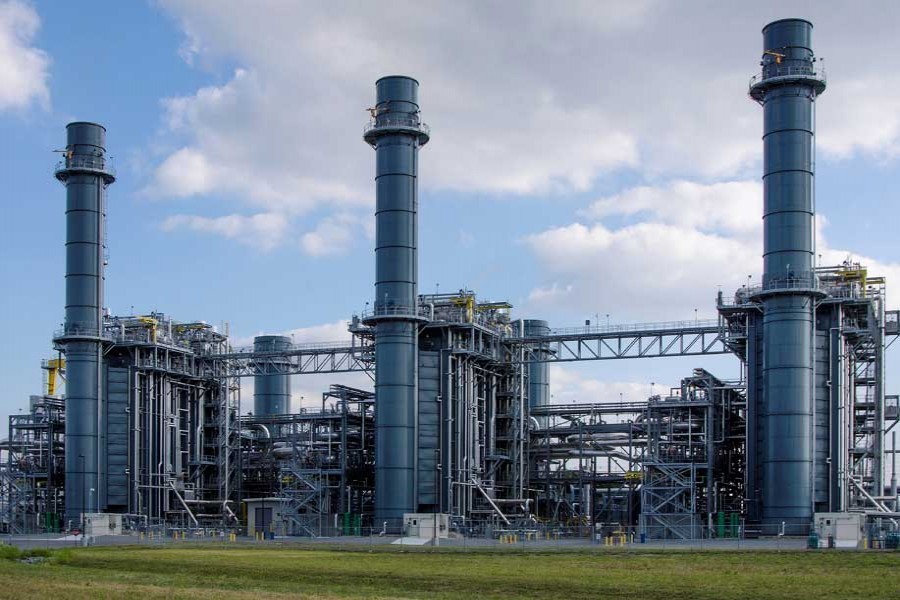The country's power sector is witnessing a sort of mixed trend. Since the year 2010, its power generation capacity has gone up remarkably, leading to a notable reduction in load-shedding. But power tariff has been hiked almost threefold since then, stirring up great dissatisfaction among the power subscribers.
The power generation capacity has more than doubled over the last eight years, primarily because of a generous approach of the government to setting up small and medium rental power plants by the private sector entrepreneurs across the country.
The gap between the demand for, and the supply of, power in the country continued to widen until 2009 for lack of serious efforts to set up power plants. Such inaction had led to frequent load-shedding, causing great inconvenience to power subscribers. Industrial production and commercial activities used to suffer serious disruption in those days.
The situation has now greatly improved in most parts of the country. However, some outreach and rural areas do still encounter the problem of power outages.
Allegations have it that the government has, in real terms, laid more emphasis on short-term solution than the long-term one in its efforts to address the issue of power crisis. It has allowed a large number of private rental power plants offering 'questionable' benefits, including the arrangement for capacity payments.
Suspicion of foul play and irregularities has rather been strengthened by the enactment of a law, styled, the Speedy Supply of Power and energy (special provision), 2010. The law bars anyone to go to court against actions taken under it and offers immunity to those involved with quick-fix remedies.
The law in question was initially made effective for two years. But its tenure has been extended, at least, on four occasions.
The government's initial plan was to allow a limited number of rental power plants for certain period and retire the same after the expiry of their tenures. In the meanwhile, large power plants would be set up both in private and public sectors to meet the demand-supply gap.
However, the government retreated from this plan and continued to allow more and more oil-based rental and quick rental power plants. It offered additional incentives to these plants, including duty-free import of furnace oil.
There have been questions about rates at which the government is buying power from these plants. The rates vary widely. In some cases, the rate is as high as Tk 25 a unit of electricity.
The purchase of a large volume of power from rental power plants at high costs has been causing substantial loss to the government. It has hiked the power tariff on a number of occasions. But that could hardly compensate for the loss.
There is no denying that the power purchase rates offered to rental power plants are too high. But, in some cases, the cost of power generation in some public sector power plants is even higher.
A case in point is the average cost of per unit power generated by three units belonging to the Power Development Board (PDB). The cost is as high as Tk 40 and the plants involved are Bheramara 60 megawatt, Barisal 40 MW, Rangpur 20 MW and Syedpur 20 MW. All these plants were commissioned 30 years back.
The Bangladesh Energy Regulatory Commission (BERC) had asked the PDB to wind up the plants in question by June 2018. But the PDB has defied the regulator's order and continued their operation.
When approached by the FE, officials concerned cited the closure of Barapukuria power plant as the reason for continuing operation of the worn-out power plants. The claim sounds strange since the development at Barapukuria is a recent one and the deadline given by the BERC had expired well before that.
Overall the power situation is now far better than before. Even during peak summer days, the incidence of power outages, particularly in major urban centres and industrial areas, is also low.
But the notable improvement in power situation is exacting, unreasonably, a high cost from the public exchequer. Besides, the power subscribers have been subjected to higher power tariffs notwithstanding the fact that the same have been fixed at levels much lower than the actual ones. The government is required to pay the remaining amount as subsidy from its own coffer.
Initially, the policymakers backed the idea of setting up rental power plants as a stopgap arrangement. The avowed objective was that large coal-based power plants would be built both in public and private sectors on a priority basis. However, the government could not make much progress in that area. Thus, it became increasingly dependent on the expensive rental power plants. Critics, rightly or wrongly, have been smelling rat in the government's greater reliance on private rental and quick-rental power plants. Given the situation now prevailing in the power sector, in terms of power-purchase deals with private power plants, one has reasons to suspect foul play.


